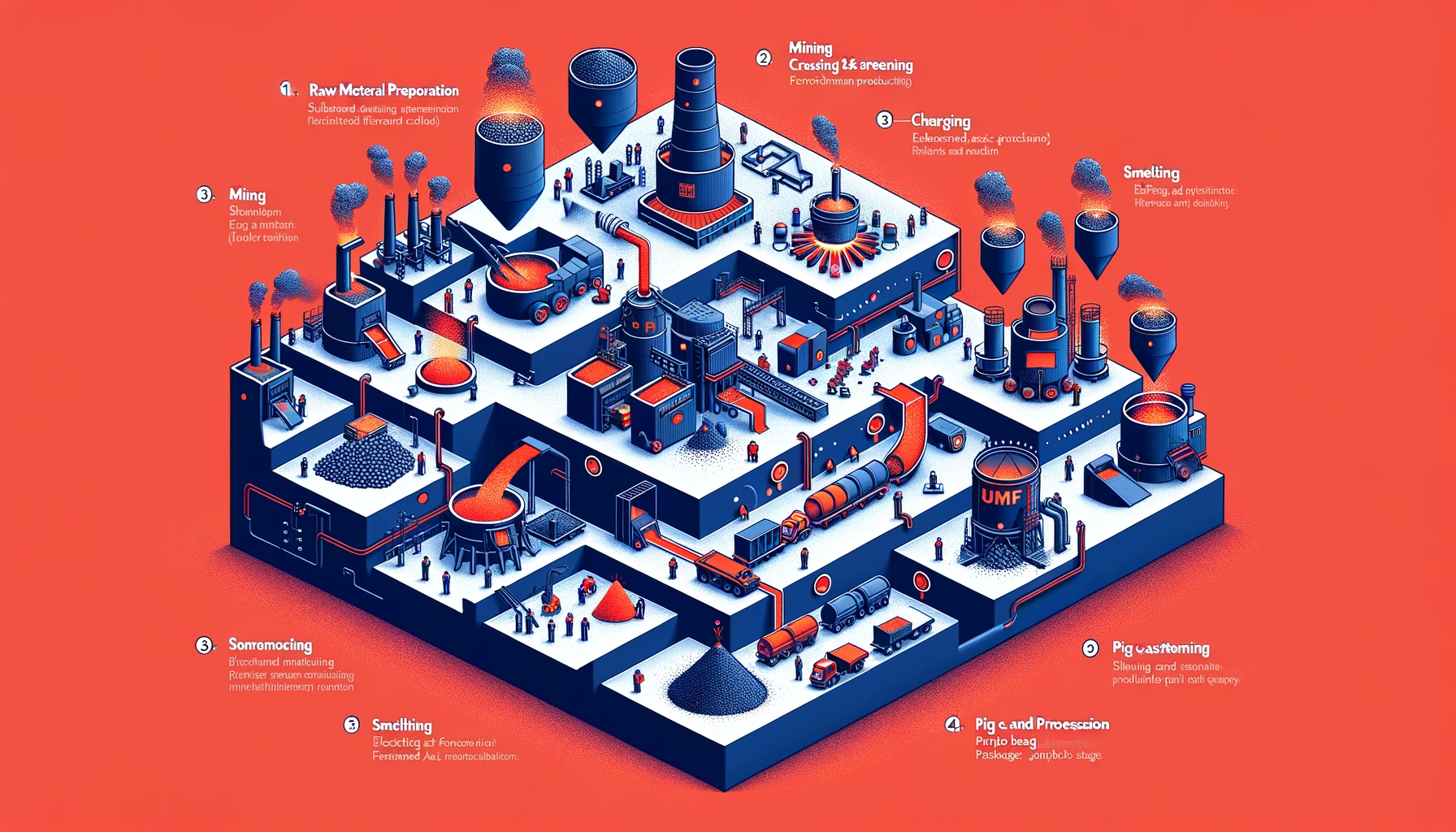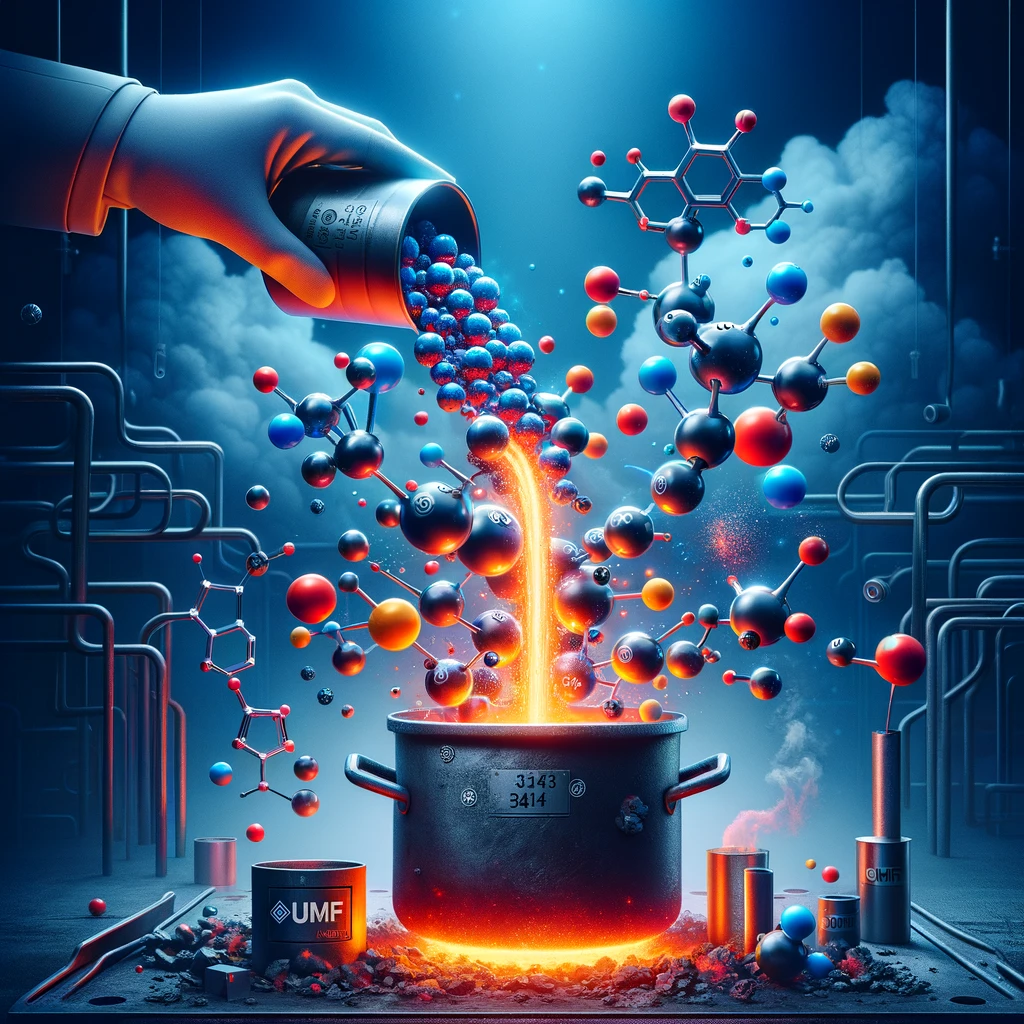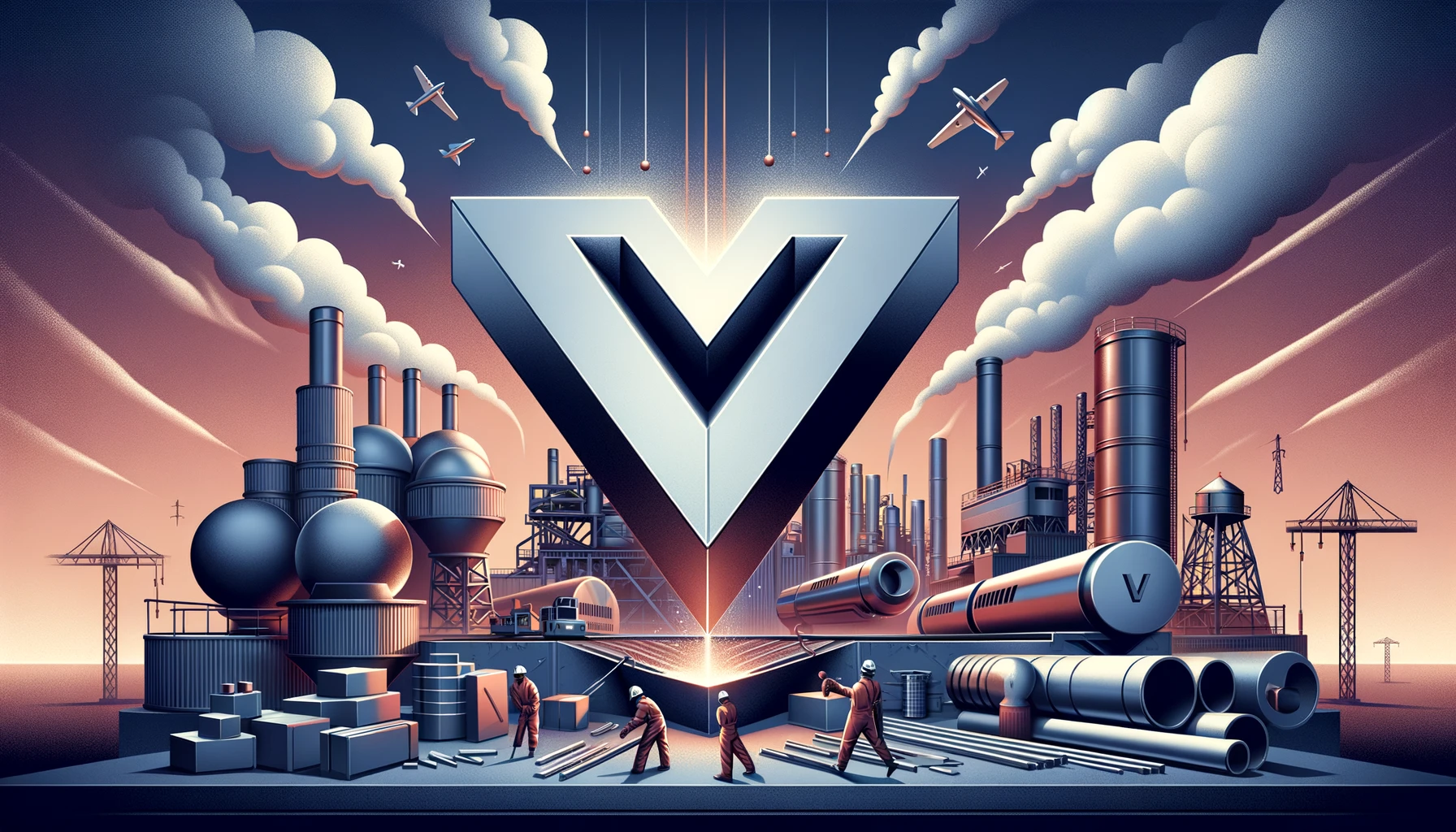Introduction
Ferroalloys are specialized materials crafted from iron and one or more additional elements, designed to serve as critical addition agents in the steelmaking process and the production of various alloys. These alloys are strategically introduced during the molten stage to impart distinctive qualities and achieve specific properties in steel and cast iron. Their integration is essential for enhancing steel’s performance, offering benefits such as improved corrosion resistance, desulfurization, heat strength, and the precise control of inclusions. Ferroalloys are broadly categorized into bulk ferroalloys, produced in large quantities for general applications, and noble (or special/specialty) ferroalloys, known for their use in more specialized contexts requiring precise alloying capabilities.
| Ferroalloy Type | Production Quantity | Examples |
|---|---|---|
| Bulk Ferroalloys | Large quantities | Ferrochromium (including Ferrosilicon-chromium), Ferromanganese, Ferrosilicon, Silicomanganese (also known as Ferrosilicomanganese or Ferrosilicon-manganese) |
| noble (or special/specialty) ferroalloys | Smaller quantities | Ferroaluminum, Ferroboron, Ferromolybdenum, Ferronickel, Ferroniobium, Ferrophosphorus, Ferrosilicomagnesium, Ferrosilicon-titanium and Ferrotitanium, Ferrosilicon-tungsten and Ferrotungsten, Ferrovanadium, Ferrozirconium (including Ferrosilicozirconium) |
Evolving Production: The Advancement of Ferroalloy Technologies
The journey of ferroalloy production has seen significant evolution since its early days in the 19th century. Initially tied to blast furnace technology, which was paramount for cast iron processing, early methods focused on producing high-carbon ferromanganese and low-grade ferrosilicon. However, these traditional blast furnaces reached their limits with elements having greater oxygen affinity or requiring low carbon content, sparking innovation.
The dawn of the 20th century marked a turning point with the advent of electric furnaces, revolutionizing the way ferroalloys were manufactured. Now, the industry predominantly relies on submerged arc furnaces, sophisticated powerhouses where an intricate mix of raw ores, reductants like coke and silicon-based alloys, iron inputs from ore or scrap, and various fluxes are skillfully combined and smelted. This process culminates in the careful extraction of slag and molten metal, a testament to the enduring ingenuity of metallurgical processes.





